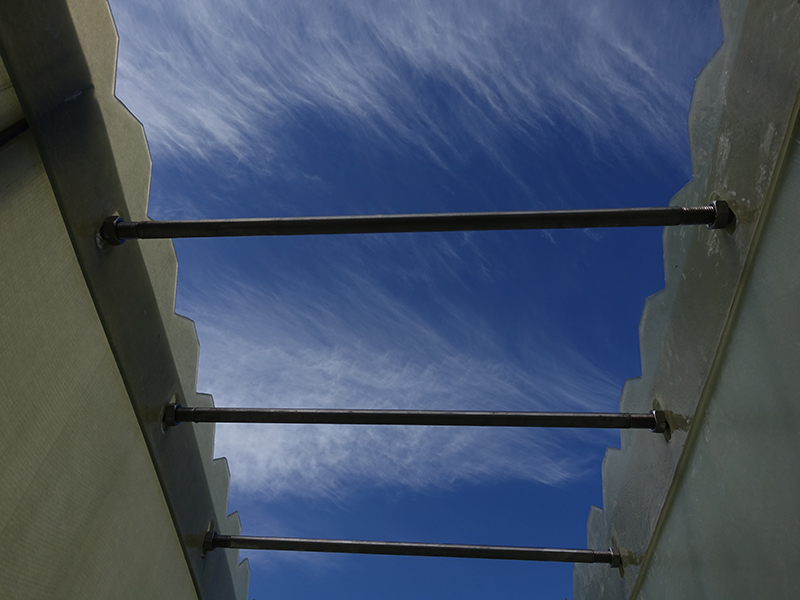
-
 Afrikaans
Afrikaans -
 Albanian
Albanian -
 Amharic
Amharic -
 Arabic
Arabic -
 Armenian
Armenian -
 Azerbaijani
Azerbaijani -
 Basque
Basque -
 Belarusian
Belarusian -
 Bengali
Bengali -
 Bosnian
Bosnian -
 Bulgarian
Bulgarian -
 Catalan
Catalan -
 Cebuano
Cebuano -
 China
China -
 China (Taiwan)
China (Taiwan) -
 Corsican
Corsican -
 Croatian
Croatian -
 Czech
Czech -
 Danish
Danish -
 Dutch
Dutch -
 English
English -
 Esperanto
Esperanto -
 Estonian
Estonian -
 Finnish
Finnish -
 French
French -
 Frisian
Frisian -
 Galician
Galician -
 Georgian
Georgian -
 German
German -
 Greek
Greek -
 Gujarati
Gujarati -
 Haitian Creole
Haitian Creole -
 hausa
hausa -
 hawaiian
hawaiian -
 Hebrew
Hebrew -
 Hindi
Hindi -
 Miao
Miao -
 Hungarian
Hungarian -
 Icelandic
Icelandic -
 igbo
igbo -
 Indonesian
Indonesian -
 irish
irish -
 Italian
Italian -
 Japanese
Japanese -
 Javanese
Javanese -
 Kannada
Kannada -
 kazakh
kazakh -
 Khmer
Khmer -
 Rwandese
Rwandese -
 Korean
Korean -
 Kurdish
Kurdish -
 Kyrgyz
Kyrgyz -
 Lao
Lao -
 Latin
Latin -
 Latvian
Latvian -
 Lithuanian
Lithuanian -
 Luxembourgish
Luxembourgish -
 Macedonian
Macedonian -
 Malgashi
Malgashi -
 Malay
Malay -
 Malayalam
Malayalam -
 Maltese
Maltese -
 Maori
Maori -
 Marathi
Marathi -
 Mongolian
Mongolian -
 Myanmar
Myanmar -
 Nepali
Nepali -
 Norwegian
Norwegian -
 Norwegian
Norwegian -
 Occitan
Occitan -
 Pashto
Pashto -
 Persian
Persian -
 Polish
Polish -
 Portuguese
Portuguese -
 Punjabi
Punjabi -
 Romanian
Romanian -
 Russian
Russian -
 Samoan
Samoan -
 Scottish Gaelic
Scottish Gaelic -
 Serbian
Serbian -
 Sesotho
Sesotho -
 Shona
Shona -
 Sindhi
Sindhi -
 Sinhala
Sinhala -
 Slovak
Slovak -
 Slovenian
Slovenian -
 Somali
Somali -
 Spanish
Spanish -
 Sundanese
Sundanese -
 Swahili
Swahili -
 Swedish
Swedish -
 Tagalog
Tagalog -
 Tajik
Tajik -
 Tamil
Tamil -
 Tatar
Tatar -
 Telugu
Telugu -
 Thai
Thai -
 Turkish
Turkish -
 Turkmen
Turkmen -
 Ukrainian
Ukrainian -
 Urdu
Urdu -
 Uighur
Uighur -
 Uzbek
Uzbek -
 Vietnamese
Vietnamese -
 Welsh
Welsh -
 Bantu
Bantu -
 Yiddish
Yiddish -
 Yoruba
Yoruba -
 Zulu
Zulu
high pressure fiberglass pipe
High Pressure Fiberglass Pipe A Comprehensive Overview
In the realm of modern piping solutions, high pressure fiberglass pipes have emerged as a remarkable innovation, providing a myriad of advantages over traditional piping materials. Known for their durability, corrosion resistance, and lightweight properties, these pipes are increasingly being utilized in various industrial applications, including water treatment, chemical processing, and oil and gas transportation.
Understanding High Pressure Fiberglass Pipes
High pressure fiberglass pipes, also known as fiberglass reinforced plastic (FRP) pipes, are made by reinforcing a plastic matrix with fibers. Typically, these fibers are made of glass, which provides exceptional strength and rigidity to the pipes. The manufacturing process involves the use of resin systems, which can be tailored to resist different environmental factors, including chemicals and extreme temperatures.
The construction of these pipes allows them to withstand significantly higher pressures compared to their metal counterparts. This makes them particularly suitable for high pressure applications, where maintaining the integrity of the pipe is crucial for safety and performance.
Advantages of High Pressure Fiberglass Pipes
1. Corrosion Resistance One of the standout features of fiberglass pipes is their inherent resistance to corrosion. Unlike metal pipes that can corrode over time due to environmental exposure, fiberglass retains its structural integrity, even in harsh chemical environments. This reduces maintenance costs and extends the lifespan of the piping system.
2. Lightweight Fiberglass pipes are notably lighter than traditional steel or cast iron pipes. This characteristic facilitates easier handling during installation and reduces transportation costs. The lightweight nature also minimizes the need for extensive support structures, leading to additional cost savings in construction.
high pressure fiberglass pipe

3. Thermal and Electrical Insulation Fiberglass pipes offer excellent thermal and electrical insulation properties. This quality is particularly advantageous in industries where temperature variations can affect the fluid being transported. The insulation properties help maintain the fluid’s temperature, optimizing process efficiency.
4. Flexibility and Customization High pressure fiberglass pipes can be manufactured to various dimensions and shapes, allowing for customization to meet specific project requirements. The flexibility in design makes them suitable for a wide range of applications, from industrial plants to municipal water systems.
5. Resistance to UV Rays For outdoor installations, fiberglass pipes demonstrate superior resistance to ultraviolet (UV) rays. This property makes them ideal for applications exposed to sunlight, where other materials may degrade over time.
Applications of High Pressure Fiberglass Pipes
High pressure fiberglass pipes find applications across multiple industries. In the water treatment sector, they are used for transporting treated and untreated water, where durability and corrosion resistance are essential. The oil and gas industry employs these pipes for transporting fuels and chemicals, ensuring safety and compliance with environmental regulations.
Moreover, the chemical processing industry relies on high pressure fiberglass pipes to handle aggressive chemicals that would otherwise damage conventional materials. Their ability to withstand high temperatures and pressures also makes them valuable in power generation, particularly in steam plants.
Conclusion
High pressure fiberglass pipes represent a significant advancement in piping technology, combining strength, lightweight properties, and resistance to various environmental factors. As industries continue to seek reliable and cost-effective solutions for fluid transportation, the demand for these innovative pipes is expected to grow. The versatility, coupled with their outstanding performance characteristics, positions high pressure fiberglass pipes as a leading choice for a multitude of applications in today’s industrial landscape. As awareness of their benefits increases, more projects are likely to adopt this advanced piping solution, further solidifying its role in modern infrastructure development.









